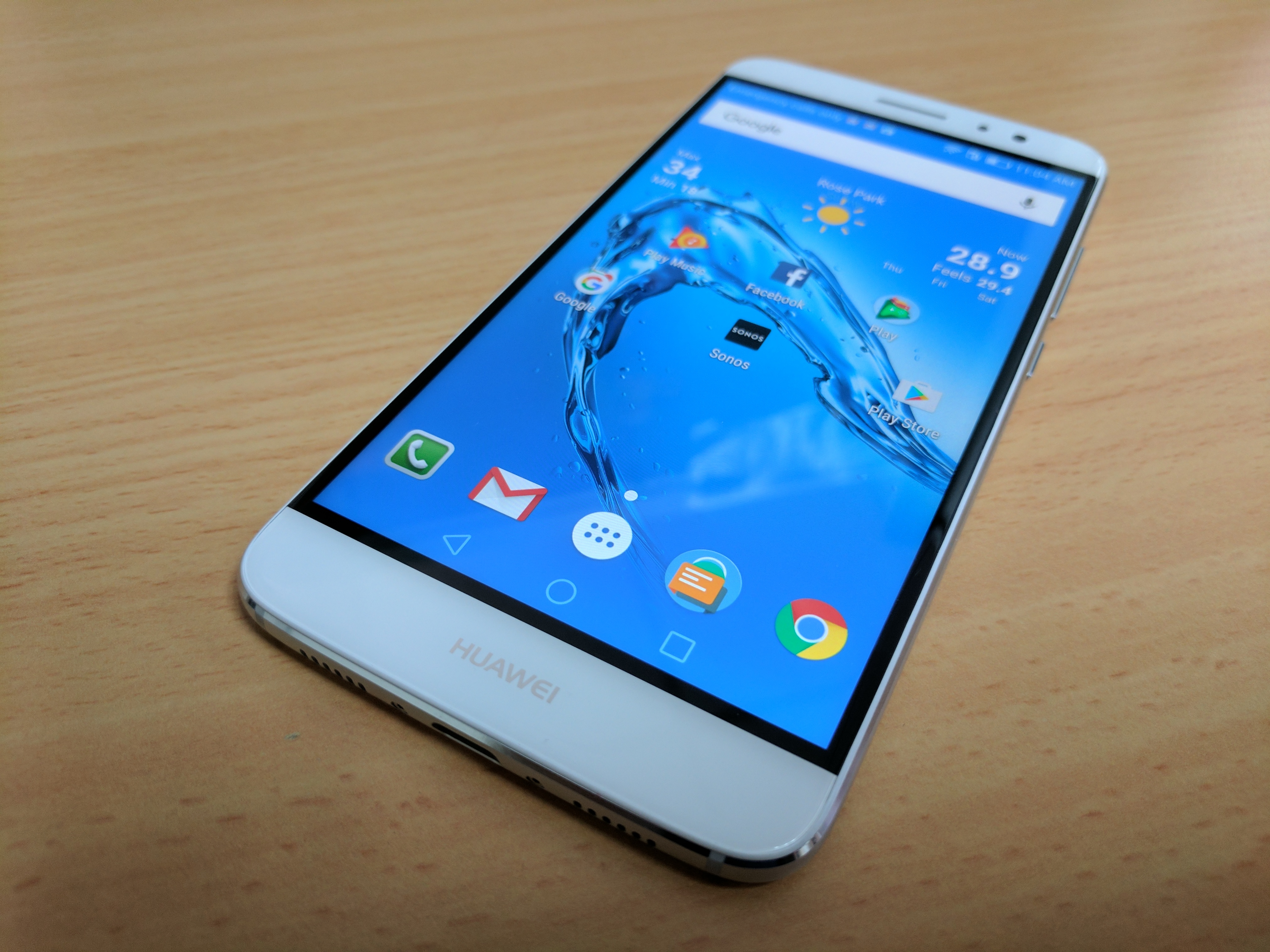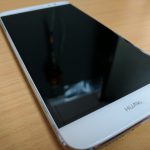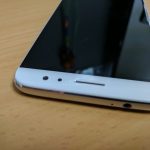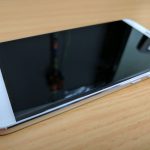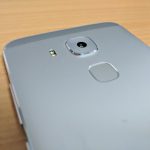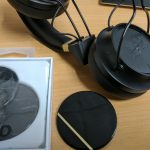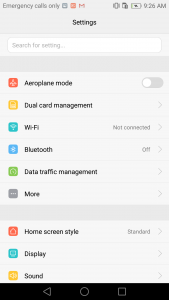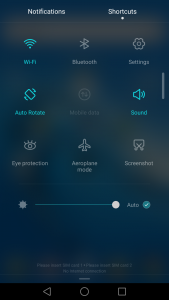[dropcap]T[/dropcap]here’s a lot of options in the mobile space these days, and in the last few years, those options have grown a lot thanks to new entrants from China. Huawei is a brand that is quickly growing in brand recognition, and while they don’t always release phones to compete with the high end, each phone they do release offers something new and unique.
Huawei have demonstrated their hardware abilities, having built phones like the Nexus 6P, the Mate 8 and Mate 9, and the P9 all of which were excellent phones even if they haven’t pushed hard into Australia when phones launch. The Huawei P10, announced last month, will be in Australia in the not too distant future, and is bound to set a new standard for the Chinese manufacturers. Chris’ initial impressions are pretty good.
For those of you who’ve seen last year’s P9, there are a lot of parallels to draw, so the question we’re looking to answer in this review is: is the mid-range priced Huawei Nova Plus up to the standard set by their previously released devices?
Huawei Nova Plus Hardware
In the hand, the Nova Plus makes me think of a bit of a hybrid between the P9 for the physical dimensions and the HTC M9 for the feel of the materials. The physical dimensions are only fractionally larger (5 mm or less on height and width) than the P9, but it’s not a size growth that makes a huge impact on the user.
What’s inside
When it comes to the specs of the Nova Plus they’re really solid, and six months ago they’d have been considered to be nudging at the top end device. However, in the current market where we’ve seen a number of refreshes at Mobile World Congress in the last couple of weeks, what we’re really talking about is a solid, affordable mid range device.
| Key Specifications: | Huawei Nova Plus |
|---|---|
| Release date | September 2016 |
| Screen size | 5.5-inch |
| Screen technology | IPS LCD |
| Resolution | 1,920 x 1,080 |
| PPI | 401 |
| Rear camera | 16MP |
| Front camera | 8MP |
| Chipset | Snapdragon 625 |
| Core config | 8x 2 GHz |
| RAM | 3GB |
| Storage | 32GB |
| MicroSD | Yes, up to 128GB |
| Battery | 3,340 mAh |
| Battery removable | — |
| Connector | USB C |
| Headphone Port | Yes |
| Headphone Location | Top |
| Speaker Configuration | Bottom |
| NFC | — |
| Android OS | Android 6.0 |
| Vendor skin | EMUI |
| Dimensions | 151.8 x 75.7 x 7.3 mm |
| Weight | 160g |
| Colours |
|
It’s a really well specced device and when you consider the out of pocket expense to customers, it stands well above the crowd so let’s take a closer look at it.
Build quality
As is the Hua-“way” (see what I did there?) they’ve stuck with the formula of a full metal unibody which adds general strength and rigidity to the device itself although I’m certain that someone will run a bend test to prove that it can still be broken.
There is a really nice solid feel to the Nova Plus , which reminds me of the 6P and if you’ve used any of the top flight Huawei phones of the last 18 months the phone will feel very familiar and quite comfortable to you as a use. Visually, it’s not that different from the G8 released in late 2015, or the Mate 8 or Mate 9; they follow a similar design language.
For most users, this will be a nice feeling phone that is functional and has enough size to it to make it usable for most needs. There will always be an exception to this however – in this case it will be users with small hands. If you’re in this demographic, then you may find it difficult to use this device one handed – even for me with my big wookie hands the top corners of the screen are a stretch.
The screen itself is pretty nice, but I did notice (at times to the detriment of the device) the lower resolution when compared to the Pixel XL. I can already hear the screams of anguish comparing a $1400 phone to a $450 phone, but the XL is my daily driver so it is a noticeable change. Others probably won’t notice nor care.
Nova Plus Camera
Cameras are fast becoming a decision point in smartphones, in a market where so many other things are approximately the same. A dud camera can break an otherwise great device, though it is yet to be shown that a good camera can save a dud device (ahem, LG G5).
The Nova Plus has some reasonable specs in the cameras, sporting a 16MP front facing with f/2.0 aperture and 8MP rear facing camera. These are in line with the cameras we’re seeing on other devices; they’re not remarkable for being especially good or especially bad.
The camera software really stacks up well when you’re looking for a quick ready time and photo. There have been a few mid range phones of late that the software is ok, but the photo time is a little lacking and the Nova Plus puts them to shame and as long as you’re not expecting the quality of photos that the Pixel XL or Galaxy S7 range of phones provide – you’re not going to be disappointed
Photo samples
As you can see from the gallery below, the Nova Plus is very capable in most conditions from well lit daylight, to artificial lights and even low light conditions. You’ll definitely need a steady hand if you’re taking pictures in low light, but the results are more than acceptable.
Personally one of the issues I have with some cameras is that they’re too slow to be ready to shoot or they take too long to focus on fast moving objects (like a child) that you only have one chance to capture. That’s why there aren’t samples of these .. they just wouldn’t be good to show off.
Nova Plus Software
Marshmallow out of the box is a pretty solid start for the Nova Plus but from a personal perspective, I’m not a huge fan of EMUI so the rest of the out of box experience is a little clumsy. Most of the issues I have with EMUI are solved by putting a different launcher on the phone; my personal preference in this regard is Nova Prime.
My personal dislike of EMUI aside, there’s a bit to like about the software on the Nova Plus starting with the fact that there is very little by way of bloat that’s installed when you take it out of the box.
One of the things missing from most modern phones compared to the old candy bars is an FM radio. I know it can be covered by an app, but not everyone has massive data limits on their mobile phone. There’s a few other apps Huawei have included on the device that I’d suggest, very few users will actually ever use.
Nova Plus Performance and Battery
I’m yet to see a Huawei phone that has a poor battery life and the Nova Plus stays true to their historical capability in delivery of solid battery performance and the general performance of the device is that of a mid – high range device but at the price tag of a mid range option.
On the subject of performance, here’s where I should be putting in some numbers from benchmarks and telling you that it does or doesn’t measure up to other devices on the market. Sadly, for sometime now the manufacturers collectively have been gaming the system and benchmarks don’t give you any useful information other than what the phone is theoretically capable of so I’m not doing that.
Battery life
In the grand scheme of things I’m not your average user, I’m a heavy mobile phone user but not as extreme as some of the other members of the Ausdroid team. So I need a really good battery to last me a full day because my general use pattern is email (5 accounts running on my phone), various social media, a couple of push notification apps for my emergency service work and of course streaming media. To give you some idea of how this looks, my Pixel XL (which I use regularly) lasts until about 15% after coming off charge at 6.30am.
One thing that quickly presented to me with the Nova Plus was the charging on a standard charger was pretty slow… painfully so in fact. But when plugged into the wall charger provided with my Pixel, it’s as quick as any other device on the market at the moment.
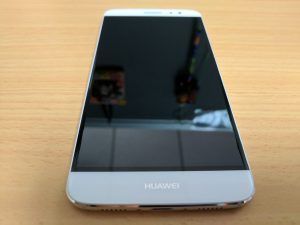
Generally speaking I’m on wifi for the large portion of the day as well which can have a detrimental affect on battery life but didn’t seem to make much difference when it came to this device. The biggest battery drain I found was unsurprisingly streaming video, in fact a couple of hours of YouTube smashed the battery to 50% usage.
Most devices are going to have their battery based achilles heel, but it’s worth keeping that in mind and carrying some spare power if you happen to be out and about for an extended period needing continuous power.
Nova Plus Connectivity
The revolution has started people, get onboard like Huawei have already done – this is the first mid-range phone that I’d seriously consider purchasing that has USB Type C connector for charging and hardwired data connection.
Aside from the USB Type C the other notable point with connectivity is the omission of the higher speed wifi capabilities only offering 802.11 b/g/n which given the space it would take and the minimal cost seems like a fairly glaring oversight to me. I’m really happy to say that it does have Bluetooth 4.1 with Low energy and A2DP capabilities, the expected GPS, NFC and perhaps given the current “there’s an app for that” approach to the world – FM Radio is also included in the Nova Plus hardware.
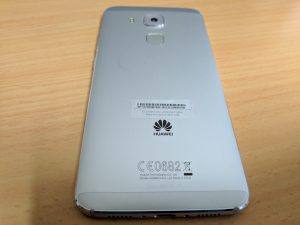
There aren’t any cautionary tales here on whether or not the Nova Plus will work with particular carriers or not. I had no issues with my Telstra SIM in it, even when I was on fringe areas and the same with my Vodafone SIM.
Nova Plus Conclusion
Ok so let’s break this down based on the target market of the device and start with the price. If you shop around, you can find it as cheap as $449.95 but the bigger name retailers have it for around $500 – $550 mark. So while it’s not a cheap option, it’s $800 – $900 shy of the flagship prices of the last 12 months or so.
The specs are more than acceptable for the majority of users incorporating a decent CPU, 32GB of storage (with room for MicroSD) and 3GB of memory which, during my time with the phone was undoubtedly a contributor to the solid and reliable performance that I enjoyed.
With the one omission of 802.11a capability, all of the connectivity that you’d expect from a mid range device is here and the omission is offset by the presence of an FM radio which could easily be a sale winning function when compared to other similarly specced and priced devices.
The screen is a really solid 5.5” running 1080 x 1920 resolution @ 441 ppi which matches some of the previous generation of flagships and in some instances knocks them off. An indication of how far and fast the screen technology is moving – but if you’re coming from a current generation flagship, you’ll almost certainly notice the difference in resolution and clarity of images.

All in all it’s a solid, good looking device that will meet the needs of the vast majority of users and perhaps most importantly at an outright price that won’t break the bank. I’d seriously consider purchasing this as a backup device personally and wouldn’t hesitate to recommend it to the majority of my family and friends who are on the hunt for a new device.

